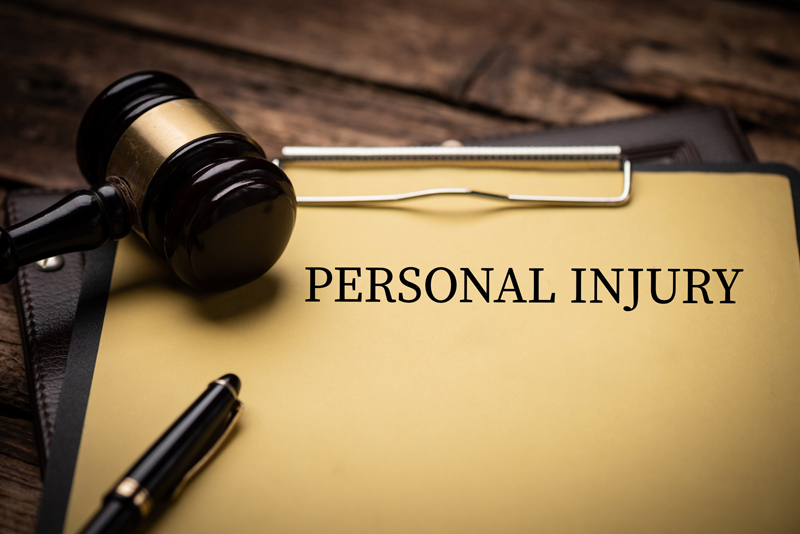Medical evidence, primarily obtained through chart review of the medical records of an injured person, is valuable for personal injury attorneys to support their argument in court. In fact, the evidence provided by the medical records helps prove the proximity of the injury case. It helps the judge and jury understand the nature of the injury, its extent and the pain and suffering experienced by the injured party. Also, medical records and medical bills are essential to determine compensation in most personal injury cases, whether from the point of view of the plaintiff’s attorney or from that of the insurance company claims adjusters who are required to evaluate injury claims.
Let us look at some important things attorneys need to consider with regard to medical records for a personal injury case.
- First and foremost, an attorney must make sure that the complete set of medical records is obtained from various sources. To request the records, the injured plaintiff must give the authorization and there are formalities to be taken care of such as documentation of how the injury was caused, how it impacted the plaintiff, and the compensation amount that can be claimed.
- Once the records are obtained and reviewed, preferably with the assistance of a medical review company, the next step is to prepare the evidence suitably so that it is accepted in a court of law. If there are inconsistencies or complications in the medical chart, the attorney may have to provide necessary instructions to the plaintiff regarding the same. The medical records and the summary obtained from them must clearly describe the injury and the plaintiff’s pain and suffering.
- Medical record accuracy is something to be ensured, if they are to serve their purpose in court. Therefore, attorneys must be aware of the possibility of errors in the medical chart. Apart from the inadvertent errors physicians and other clinicians make when making entries in the medical record, there is always the possibility of intentional tampering by some person or other. It is the onus of the attorney to ensure that the medical chart of the plaintiff is accurate and can serve the purpose of the case. A provider of medical review services can assist the attorney in this regard. Since they are trained and experienced in medical record review, they can more easily identify medical record tampering, missing information, and so on. Attorneys can also consider talking to the plaintiff’s main physician to ensure the authenticity of the medical record.
- One of the major considerations as regards patient medical records is security. These are highly sensitive, confidential documents that have to be protected from hacking. Hacked healthcare information cannot serve the purpose of acting as authentic, accurate evidence in court.
- Another important consideration for attorneys is ensuring that the medical records are not improperly disclosed to another party. Especially when the law firm employees or other members in the team leave employment, attorneys must make sure to develop procedures to stop such people from accessing PHI (Protected Health Information).
Primarily meant to help monitor the patient, medical records have various other uses as well. They are required for medical research and education; for insurance claims, personal injury cases, workers’ compensation claims, product liability cases, and medical malpractice lawsuits; and for medical audit and statistical studies.
As one of the strongest forms of legal evidence in a personal injury case, medical records need to be accurate and reliable. They provide attorneys with the proof that provides the foundation for the case. Authentic medical records are vital to prove economic damages as well as non-economic damages such as pain, both physical and mental; worsening of prior injuries; and loss of enjoyment in activities the plaintiff once relished.




